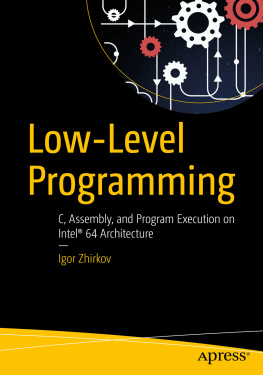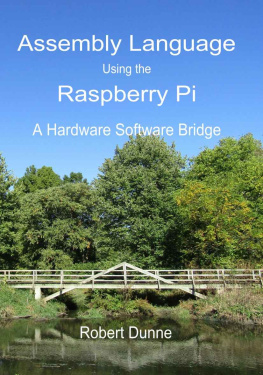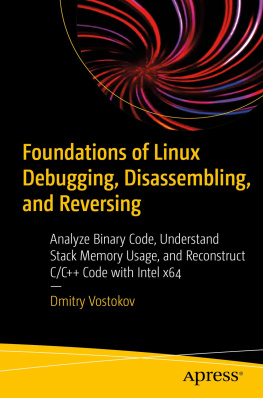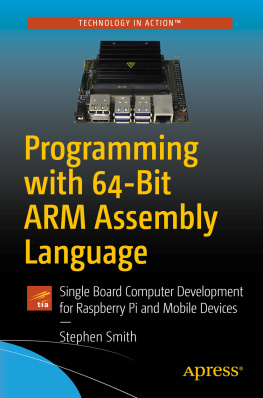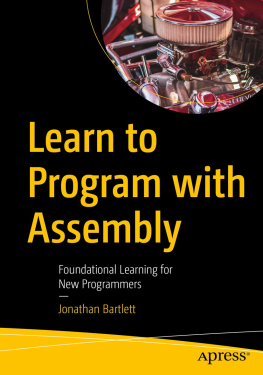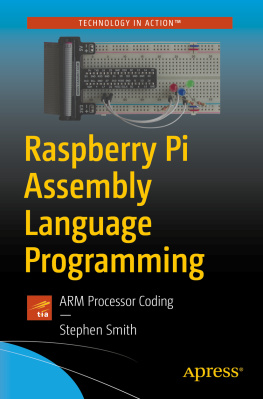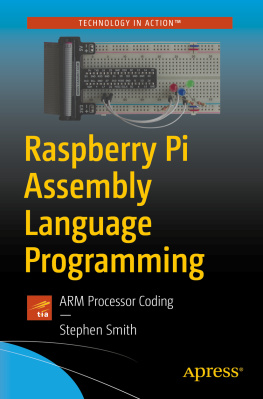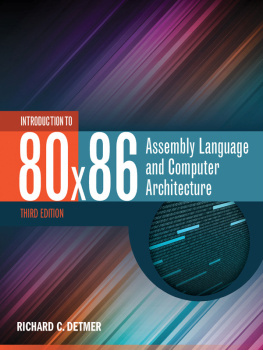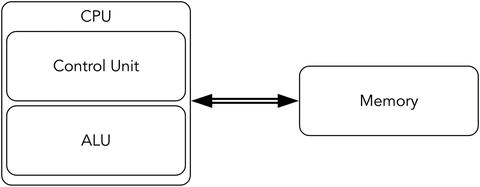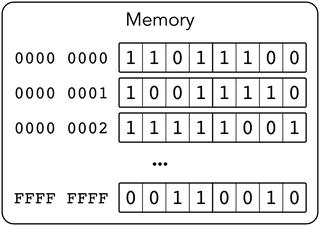1.1.1 Model of Computation
What does a programmer do? A first guess would probably be construction of algorithms and their implementation. So, we grasp an idea, then we code, and this is the common way of thinking.
Can we construct an algorithm to describe some daily routine, like going out for a walk or shopping? The question does not sound particularly hard, and many people will gladly provide you with their solutions.
However, all these solutions will be fundamentally different. One will operate with such actions as opening the door or taking the key; the other will rather leave the house, omitting details. The third one, however, will go rogue and provide a detailed description of the movement of his hands and legs, or even describe his muscle contraction patterns.
The reason those answers are so different is the incompleteness of the initial question .
All ideas (including algorithms) need a way to be expressed. To describe a new notion we use other, simpler notions. We also want to avoid vicious cycles, so the explanation will follow the shape of a pyramid. Each level of explanation will grow horizontally. We cannot build this pyramid infinitely, because the explanation has to be finite, so we stop at the level of basic, primitive notions, which we have deliberately chosen not to expand further. So, choosing the basics is a fundamental requirement to express anything.
It means that algorithm construction is impossible unless we have fixed a set of basic actions, which act as its building blocks.
Model of computation is a set of basic operations and their respective costs.
The costs are usually integer numbers and are used to reason about the algorithms complexity via calculating the combined cost of all their operations. We are not going to discuss computational complexity in this book.
Most models of computation are also abstract machines . It means that they describe a hypothetical computer, whose instructions correspond to the models basic operations. The other type of models, decision trees, is beyond the scope of this book.
1.1.2 von Neumann Architecture
Now let us imagine we are living in 1930s, when todays computers did not yet exist. People wanted to automate calculations somehow, and different researchers were coming up with different ways to achieve such automation. Common examples are Churchs Lambda calculus or the Turing machine. These are typical abstract machines, describing imaginary computers.
One type of machine soon became dominant: the von Neumann architecture computer.
Computer architecture describes the functionality, organization, and implementation of computer systems. It is a relatively high-level description, compared to a calculation model, which does not omit even a slight detail.
von Neumann architecture had two crucial advantages : it was robust (in a world where electronic components were highly unstable and short-lived) and easy to program.
In short, this is a computer consisting of one processor and one memory bank, connected to a common bus. A central processing unit (CPU) can execute instructions, fetched from memory by a control unit . The arithmetic logic unit (ALU) performs the needed computations. The memory also stores data. See Figures .
Figure 1-1.
von Neumann architectureOverview
Figure 1-2.
von Neumann architecture Memory
Following are the key features of this architecture:
Memory stores only bits (a unit of information, a value equal to 0 or 1).
Memory stores both encoded instructions and data to operate on. There are no means to distinguish data from code: both are in fact bit strings.
Memory is organized into cells, which are labeled with their respective indices in a natural way (e.g., cell #43 follows cell #42). The indices start at 0. Cell size may vary (John von Neumann thought that each bit should have its address); modern computers take one byte (eight bits) as a memory cell size. So, the 0-th byte holds the first eight bits of the memory, etc.
The program consists of instructions that are fetched one after another. Their execution is sequential unless a special jump instruction is executed.
Assembly language for a chosen processor is a programming language consisting of mnemonics for each possible binary encoded instruction (machine code). It makes programming in machine codes much easier, because the programmer then does not have to memorize the binary encoding of instructions, only their names and parameters.
Note, that instructions can have parameters of different sizes and formats.
An architecture does not always define a precise instruction set, unlike a model of computation.
A common modern personal computer have evolved from old von Neumann architecture computers, so we are going to investigate this evolution and see what distinguishes a modern computer from the simple schematic in Figure .
Note
Memory state and values of registers fully describe the CPU state (from a programmers point of view). Understanding an instruction means understanding its effects on memory and registers.

